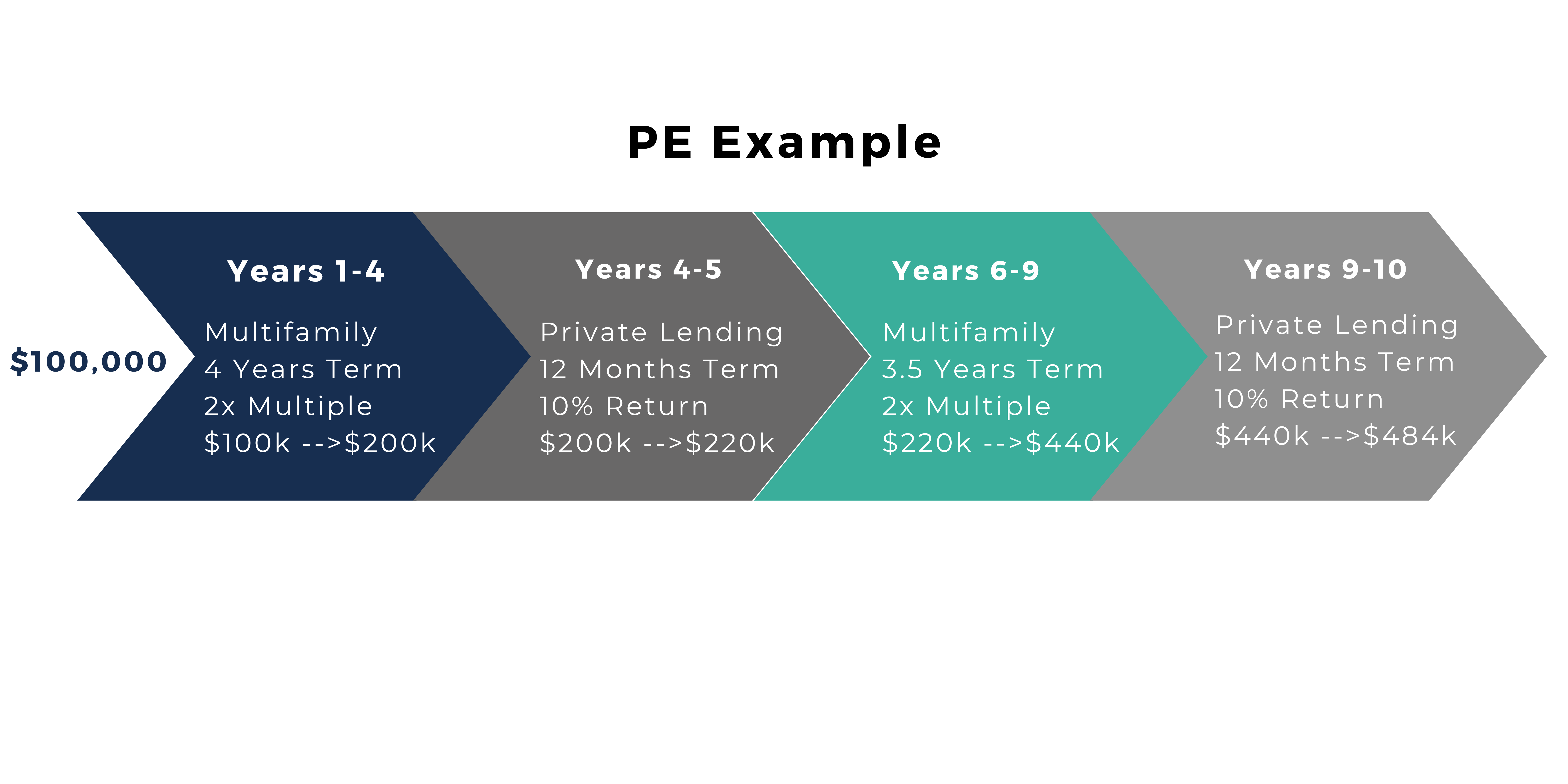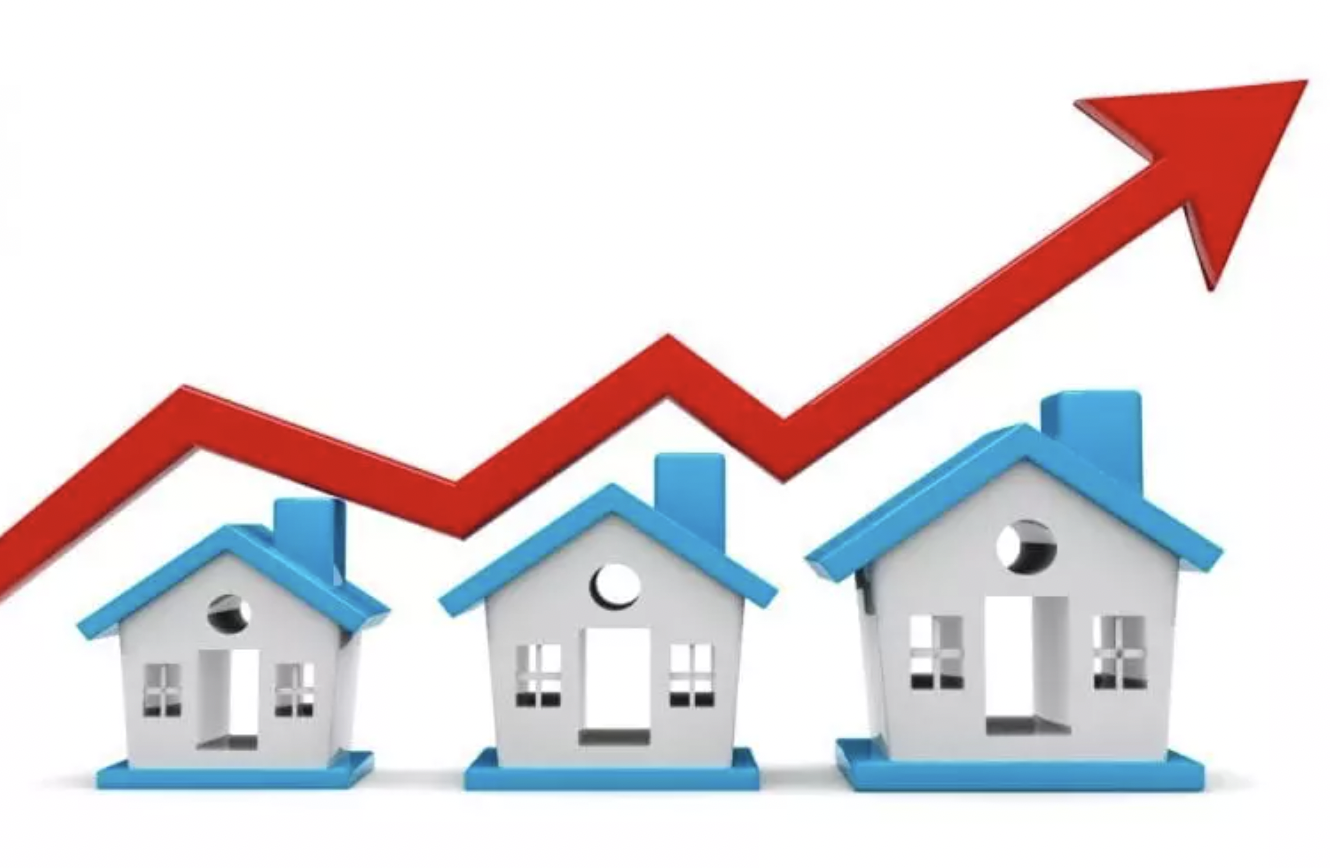A PROVEN FORMULA
As a data-centric investment firm, we employ a rigorous and systematic approach to acquisitions and asset management. Our institutional approach ensures that each deal we pursue is meticulously evaluated to deliver exceptional risk-adjusted returns for our valued investors.
INVESTMENT STRATEGY
Our real estate strategy is centered around mid-market development and acquisitions, primarily targeting opportunities ranging from $15 million to $40 million. This particular market segment presents a unique niche that is typically inaccessible to individual investors and small investment companies, while also falling below the threshold of REITs and large institutional investment firms. Within this market range we are well positioned to leverage our years experience and proven track record to maximize value, optimize asset performance, and curate portfolios that resonate with institutional buyers.

ACQUISITION CRITERIA
PROPERTY TYPE | Existing / Value-Add |
|---|---|
CASH FLOW TIMING | IMMEDIATE |
CLASS | Class “A” to “C” Assets |
HOLD PERIOD | 5-7 Years or long term |
xEquity Group seeks multifamily investments that meet the following criteria:
- Asset quality ranging from distressed to 15-30 year old, B-quality or better, allowing for repositioning through capital improvements, aggressive leasing, and improved management.
- Project size of 70-150 units, primarily garden-style communities, with asset values in the $15 million to $40 million range.
- Capitalizing on market inefficiencies, identifying opportunities arising from market inefficiencies, over-leveraged investors, and motivated sellers.
- Debt leverage in the form of new financing or assumption of existing debt, and occasionally an all-equity structure.
- Target markets are the thriving cities of Dallas, TX, and Tampa Bay, FL.

DEVELOPMENT CRITERIA
PROPERTY TYPE | Ground up Multifamily |
|---|---|
CASH FLOW TIMING | Year 2-3 |
CLASS | Class "A" |
HOLD PERIOD | 3-4yrs or long term |
xEquity Group seeks multifamily investments that meet the following criteria:
- Between 70-150 units, designed to fit smaller urban core infill lots. The buildings are 3-4 stories tall, featuring garden walk-up layouts with minor amenities that reduce construction costs while delivering competitive market rents
- Strategic land positioning that is well-located within strong economic growth corridors, including desirable infill locations suitable for both singular and mixed-use development. Areas that exhibit local median incomes 25% above the metro area average.
- Access to retail, proximity to upscale single-family housing, quality school districts, and convenient transportation arterials.
- Embracing sites with greater complexity which are often overlooked and undervalued offering higher overall return potentials.
- Possibility of incorporating mixed-use retail components as part of the overall project, enhancing the appeal and value.
- Target markets are the thriving cities of Dallas, TX, and Tampa Bay, FL.
Markets
- Texas and Florida
- Primary MSA's > 100K population
- Median HH Income (1-mile) > $40k
- Job / Pop Growth > 2% annually
- Workforce Housing Demand > Supply
- Class B- or better submarket
- Near diverse job centers, acclaimed schools, retail and transportation nodes
Stocks vs Private Equity


WHY PRIVATE EQUITY REAL ESTATE?

High Returns
Private equity commercial real estate investments have the potential to deliver higher annualized returns in the range of 20% to 40%. These returns are achieved through strategic value creation, such as property improvements and attracting high-quality tenants, which leads to increased rental income and property value appreciation. The active management and hands-on approach in private equity real estate enable investors to capitalize on value-add opportunities and generate superior financial gains compared to traditional investment options.

Cash Flow
Investing in commercial real estate through passive investments offers a proven avenue to participate in real estate without the responsibilities of being a landlord. By leveraging professional expertise, you can secure stable streams of tax-advantaged passive income that grant you the freedom to prioritize what truly matters in life. With a stabilized asset, you can expect a consistent high single-digit annual cash flow, distributed quarterly to investors, further enhancing the value of passive income.

Tax Advantage
Investing in commercial real estate offers distinct tax advantages not found in traditional investments such as stocks or bonds. Firstly, we benefit from property depreciation deductions, reducing the tax impact on actual income. Under the new tax law, we can also capitalize on cost segregation and bonus depreciation, accelerating the depreciation of specific asset components and further minimizing tax implications. Moreover, the option of a 1031 exchange enables us to indefinitely defer capital gains taxes by reinvesting in similar properties when selling. Additionally, refinancing opportunities present yet another means of increasing returns while mitigating tax liabilities

Appreciation
Unlike residential homes, commercial properties derive their value from their income potential. By enhancing the property's income through interior and exterior improvements that benefit tenants, we can increase its overall value. Through these improvements, we attract and retain higher-quality tenants, enabling us to achieve market rents and operate more efficiently. This value enhancement translates into significant returns of an additional 20%-40% upon selling or refinancing, in addition to the passive income generated throughout the holding period.

Diversification
Private equity commercial real estate investments offer diversification benefits through their lower volatility compared to traditional investments, acting as a hedge against inflation, and providing lower risk exposure. With less susceptibility to market fluctuations, these investments provide stability and potential for consistent returns. Additionally, the ability to adjust rental rates in line with inflation safeguards against eroding purchasing power, while the inherent lower risk associated with tangible assets adds a layer of security to investors' portfolios.
